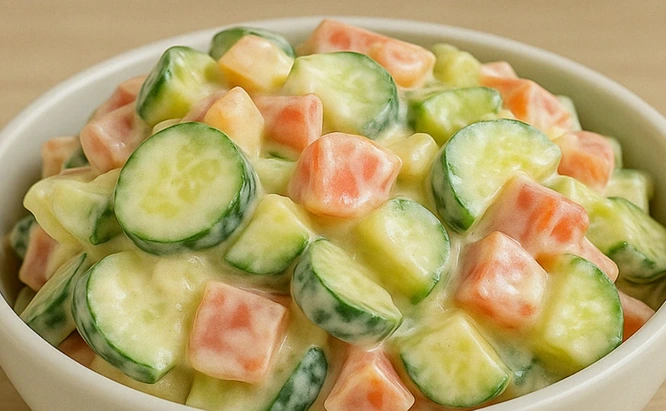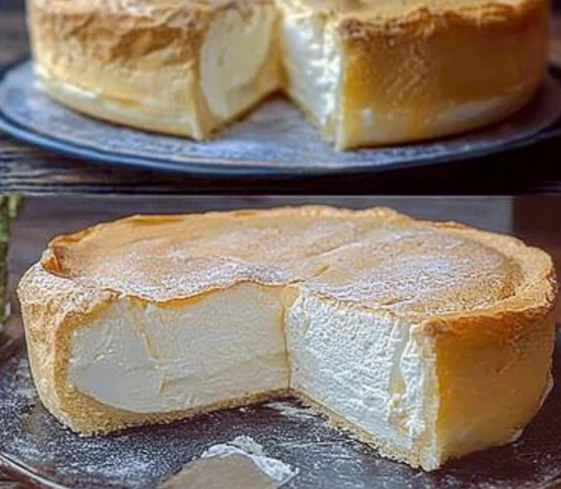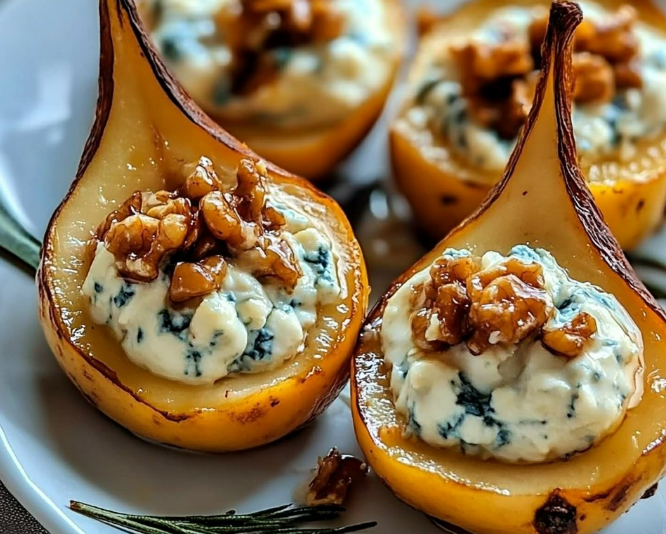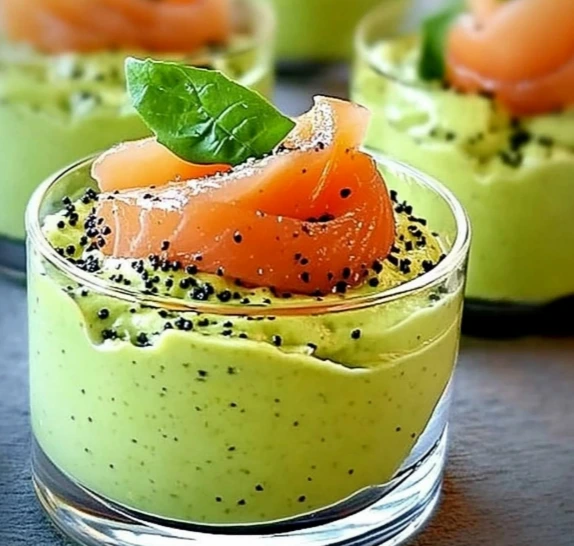Quiche Lorraine is one of the most beloved dishes in French cuisine — a savory tart filled with smoky bacon, creamy custard, and a buttery, flaky crust. Originating from the Lorraine region of France, this dish has become a staple of brunch menus and family gatherings around the world. Its combination of rich flavors and delicate texture makes it both comforting and elegant.
This recipe captures the essence of the traditional Quiche Lorraine while offering tips for achieving the perfect balance between a crisp crust and a silky filling. Whether served warm or at room temperature, it’s a dish that never fails to impress.
The Essence of Quiche Lorraine
The essence of Quiche Lorraine lies in its simplicity and balance. The custard — made from eggs, cream, and milk — is rich yet light, enveloping the smoky bacon in a velvety texture. The crust provides a crisp, buttery contrast, while the cheese (a modern addition) adds depth and savoriness. Every bite is a harmony of textures and flavors that define French comfort food.
Why This Recipe Works
This recipe works because it focuses on technique and proportion. The crust is blind-baked to prevent sogginess, ensuring a crisp base. The custard uses the ideal ratio of eggs to cream for a smooth, tender filling that sets perfectly without curdling. The bacon is cooked until crisp to add texture and flavor without greasiness. The result is a quiche that’s rich but not heavy, elegant yet satisfying.
Ingredients and Their Roles
Pie crust: Provides structure and a buttery base.
Bacon: Adds smoky, savory flavor.
Eggs: Form the custard base and give structure.
Heavy cream and milk: Create a rich, silky texture.
Cheese (Gruyère or Swiss): Adds depth and creaminess.
Nutmeg and pepper: Enhance the flavor of the custard.
Salt: Balances the richness.
Step-by-Step Recipe
Ingredients (for one 9-inch quiche)
For the crust:
- 1 ¼ cups all-purpose flour
- ½ teaspoon salt
- ½ cup (1 stick) cold unsalted butter, cubed
- 3–4 tablespoons ice water
For the filling:
- 6 slices thick-cut bacon, diced
- 3 large eggs
- 1 ¼ cups heavy cream
- ½ cup whole milk
- 1 cup shredded Gruyère or Swiss cheese
- ¼ teaspoon ground nutmeg
- ¼ teaspoon black pepper
- Salt to taste
Preparation
- Prepare the crust. In a bowl, combine flour and salt. Cut in the cold butter using a pastry cutter or fingertips until the mixture resembles coarse crumbs. Add ice water, one tablespoon at a time, until the dough just comes together. Shape into a disk, wrap in plastic, and refrigerate for 30 minutes.
- Roll out the dough. On a lightly floured surface, roll the dough into a 12-inch circle. Fit it into a 9-inch tart pan or pie dish, trimming excess dough. Prick the bottom with a fork and refrigerate for 15 minutes.
- Blind bake the crust. Preheat oven to 375°F (190°C). Line the crust with parchment paper and fill with pie weights or dried beans. Bake for 15 minutes, remove weights, and bake for another 10 minutes until lightly golden. Let cool slightly.
- Cook the bacon. In a skillet, cook diced bacon over medium heat until crisp. Drain on paper towels.
- Prepare the custard. In a bowl, whisk together eggs, cream, milk, nutmeg, pepper, and a pinch of salt.
- Assemble the quiche. Sprinkle bacon and cheese evenly over the crust. Pour the custard mixture on top.
- Bake. Bake at 375°F (190°C) for 30–35 minutes, or until the center is just set and lightly golden.
- Cool and serve. Let the quiche rest for 10 minutes before slicing. Serve warm or at room temperature.
Tips for Perfect Quiche Lorraine
- Use cold butter for a flaky crust.
- Blind bake the crust to prevent sogginess.
- Don’t overbake; the center should be slightly wobbly when removed from the oven.
- Let the quiche rest before slicing for clean cuts.
- Use high-quality bacon and cheese for the best flavor.
Variations and Flavor Combinations
1. Classic Quiche Lorraine
Traditional version with bacon, cream, and eggs — no cheese.
2. Modern Quiche Lorraine
Includes Gruyère or Swiss cheese for added richness.
3. Spinach and Bacon Quiche
Add sautéed spinach for a touch of color and freshness.
4. Mushroom and Leek Quiche
Replace bacon with sautéed mushrooms and leeks for a vegetarian twist.
5. Ham and Cheese Quiche
Use diced ham instead of bacon for a milder flavor.
6. Mini Quiches
Bake in muffin tins for individual servings, perfect for parties.
Serving Suggestions
Quiche Lorraine pairs beautifully with:
- A green salad with vinaigrette.
- Roasted potatoes or hash browns.
- Fresh fruit or berries.
- A glass of white wine or sparkling water.
It’s perfect for:
- Brunch gatherings.
- Holiday breakfasts.
- Light lunches or dinners.
- Picnics and potlucks.
Make-Ahead and Storage
Make-ahead: Prepare the crust and filling separately, then assemble and bake before serving.
Storage: Store leftovers in the refrigerator for up to 3 days.
Freezing: Freeze baked quiche for up to 2 months. Reheat in the oven at 325°F (160°C) until warmed through.
Reheating: Warm slices in the oven or microwave before serving.
Nutritional Information (per slice)**
- Calories: 380 kcal
- Protein: 13 g
- Fat: 32 g
- Carbohydrates: 15 g
- Fiber: 1 g
The History of Quiche Lorraine
Quiche Lorraine originated in the Lorraine region of northeastern France. The word “quiche” comes from the German “kuchen,” meaning cake. The original version, dating back to the 16th century, was made with a simple custard of eggs and cream in a bread dough crust. Bacon was later added, and eventually, cheese became a common addition. Today, Quiche Lorraine is a symbol of French home cooking — elegant, comforting, and endlessly adaptable.
Texture and Flavor Profile
The perfect Quiche Lorraine has a crisp, buttery crust and a creamy, custard-like filling. The bacon adds a smoky, salty contrast to the rich cream and eggs, while the cheese (if used) melts into the custard for a velvety texture. The flavor is savory and balanced, with subtle notes of nutmeg and pepper enhancing the richness.
Common Mistakes and How to Avoid Them
Soggy crust: Always blind bake before adding the filling.
Curdled custard: Don’t overbake; remove when the center is slightly jiggly.
Greasy texture: Drain bacon well before adding to the crust.
Rubbery filling: Use the correct ratio of eggs to cream (about 1 egg per ½ cup of liquid).
Uneven baking: Bake on the middle rack for even heat distribution.
Chef’s Tips
- Add a pinch of cayenne for subtle warmth.
- Use a mix of cream and milk for the perfect texture.
- Sprinkle a little extra cheese on top before baking for a golden crust.
- Let the quiche cool slightly before slicing to allow the custard to set.
- Serve with a simple salad dressed in lemon vinaigrette for balance.
Pairing Ideas
With Drinks:
- White wine such as Chardonnay or Sauvignon Blanc.
- Sparkling wine or Champagne for brunch.
- Herbal tea or coffee for a lighter pairing.
With Other Dishes:
- Pair with croissants or baguette slices.
- Serve alongside roasted vegetables or soup.
- Add to a brunch spread with pastries and fruit.
The Joy of French Cooking
Quiche Lorraine embodies the joy of French cooking — simple ingredients transformed into something elegant and satisfying. It’s a dish that celebrates balance, technique, and flavor. The combination of creamy custard, smoky bacon, and buttery crust is timeless, making it a favorite for both casual meals and special occasions.
The Science of a Perfect Custard
The secret to a perfect quiche custard lies in the ratio of eggs to cream. Too many eggs make it rubbery; too much cream makes it runny. The ideal balance creates a silky, tender filling that holds its shape when sliced. Baking at a moderate temperature ensures even cooking without curdling.
Presentation and Finishing Touches
For a beautiful presentation, bake the quiche until golden and slightly puffed. Let it cool for 10 minutes, then slice cleanly with a sharp knife. Garnish with fresh herbs like chives or parsley for color. Serve on a white platter or wooden board for a rustic yet elegant look.
Modern Variations
- Keto Version: Use an almond flour crust.
- Gluten-Free Version: Use a gluten-free pastry crust.
- Dairy-Free Version: Use coconut milk and vegan cheese.
- Vegetarian Version: Replace bacon with caramelized onions or roasted vegetables.
- Gourmet Version: Add caramelized leeks, gruyère, and a touch of truffle oil.
The Perfect Bite
The perfect bite of Quiche Lorraine combines the crispness of the crust, the creaminess of the custard, and the smoky saltiness of the bacon. It’s a bite that’s rich yet balanced, indulgent yet refined — the essence of French comfort food.
Conclusion
Quiche Lorraine is a timeless classic that embodies the elegance and simplicity of French cuisine. With its buttery crust, creamy filling, and savory bacon, it’s a dish that’s both comforting and sophisticated.
Perfect for brunch, lunch, or dinner, it’s easy to prepare and endlessly adaptable. This recipe proves that with a few quality ingredients and careful technique, you can create a quiche that’s rich, flavorful, and beautifully balanced — a true masterpiece of French home cooking.







